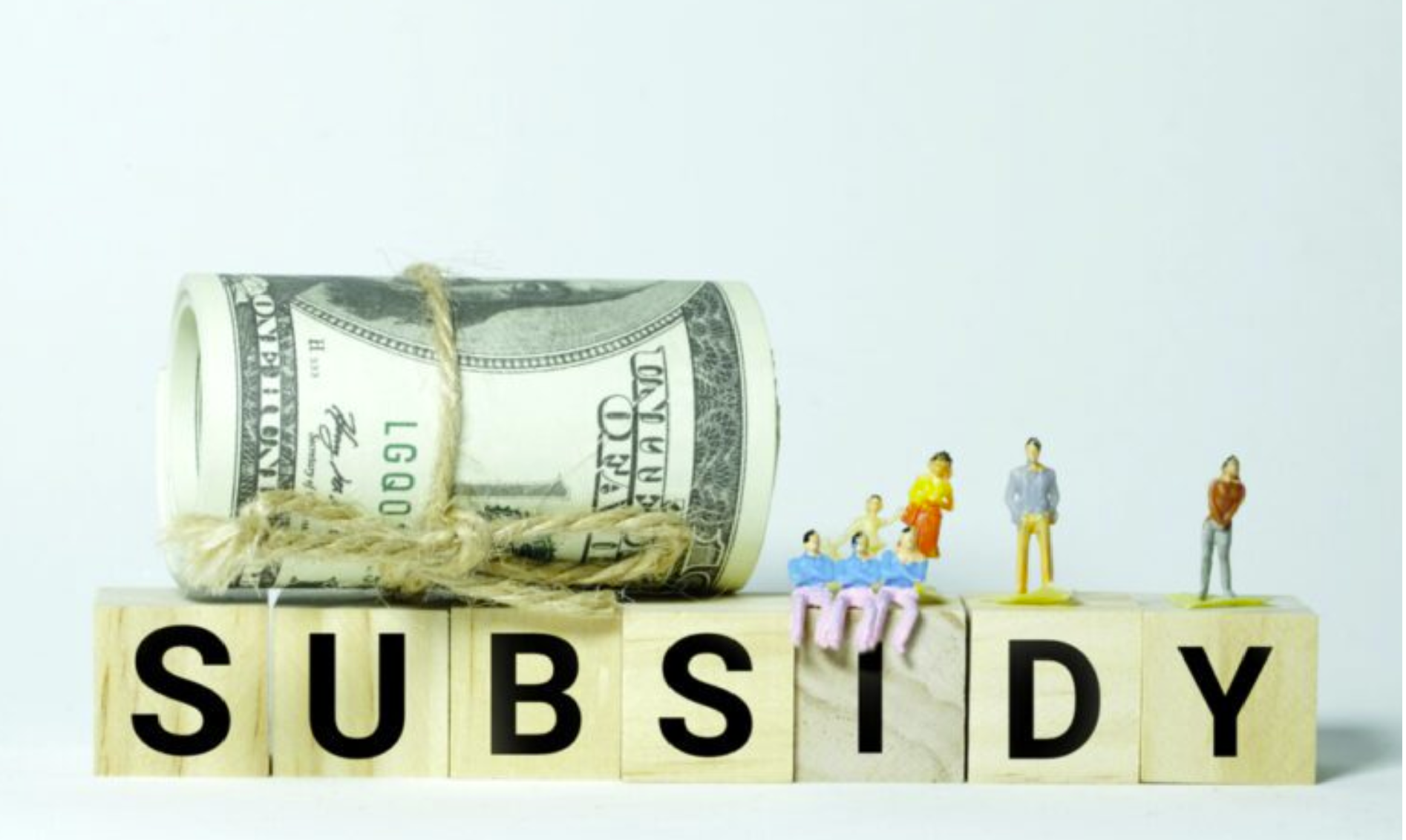Since 1990, Gallup has been asking respondents a straightforward question: “In politics, as of today, do you consider yourself a Republican, a Democrat or an independent?” Gallup asks the question several times each year, and at the end of the year averages their findings for that year. Gallup’s most recent summary found that 43% of respondents identified as independents and 27% with each of our two major parties. That ties the previous high annual average in 2014.
This is just the latest data point confirming a trend that has been in place since the early 1950s, when nearly 90% of Americans identified with one of the two legacy parties. In 2006, more Americans identified as independents than with either of the parties for the first time. Since then, alienation from the two parties has accelerated.
.png)
Most of the recent defections have been from the Democratic Party, probably reflecting President Biden’s unpopularity. There was a similar erosion of Republican support during Donald Trump’s presidency as his popularity plummeted. Generally, around a presidential election, support for the two parties firms up as voters begin to focus on their choices. But the long term trend could not be clearer. Americans are gradually walking away from both parties.
Many, if not most, people are doing so for an obvious reason. The positions of neither party represent the large swath of voters who want moderate solutions to the problems facing the country. The partisans have attempted to belittle those who advocate for moderate solutions as being wishy-washy and not standing for anything. Not so. They just do not agree with the extreme solutions advocated by the two incumbent parties.
Take abortion as an example. We have one party that wants to ban it completely or allow very narrow exceptions. The other party wants women to have a completely unfettered right to have an abortion at any time. But the polling has shown for decades that about 70% of Americans believe that a woman should have an unrestricted right to have an abortion until about 12-15 weeks of pregnancy, but after that needs to have a compelling reason to do so. And that consensus holds across all demographic groups.
The same is true on virtually every so-called divisive issue. A plurality, if not an outright majority, of Americans want common-sense, moderate policies. They want a strong national defense, economic policies that encourage well-paying jobs – not handouts – and a reasonable social safety net. They are not isolationists but also do not want to be the world’s policeman.
But because we have ceded control of our elections to the two incumbent parties and allowed them to shamelessly gerrymander voting boundaries, their primary voters control the outcome in most jurisdictions. As a result, most elected officials do not give a tinker’s damn about what most people want, but instead only what their primary voters want. And they are too busy virtue signaling to their primary voters actually address the problems and issues our country faces.
Since 1980, Gallup has been asking people, “In general, are you satisfied or dissatisfied with the way things are going in the United States at this time?” Through the early 2000s, about half the American people averaged as saying they were satisfied, with noticeable drops only around recessions. But since about 2005, that has fallen into a range of about 20%-30%. Americans have been particularly gloomy since the onset of the pandemic, averaging just below 20%. I do not think it a coincidence that their dissatisfaction coincides the rise of extreme partisanship.
Pollster Frank Luntz has been asking his focus groups for some time: “Do you agree with the statement, ‘I am as mad as hell and I am not going to take it anymore." Recently, 72% of participants have been saying that they agree with that statement, which is the highest since Luntz has been asking the question.
I have no idea what is going to happen in the 2024 election, but I am sure it is going to be a "you-know-what" show. But regardless of the outcome, I suspect that the spectacle is going to be so abhorrent to a majority of the American people that they are going to finally stand up and demand that the two incumbent parties relinquish their duopolistic stranglehold on our country.





